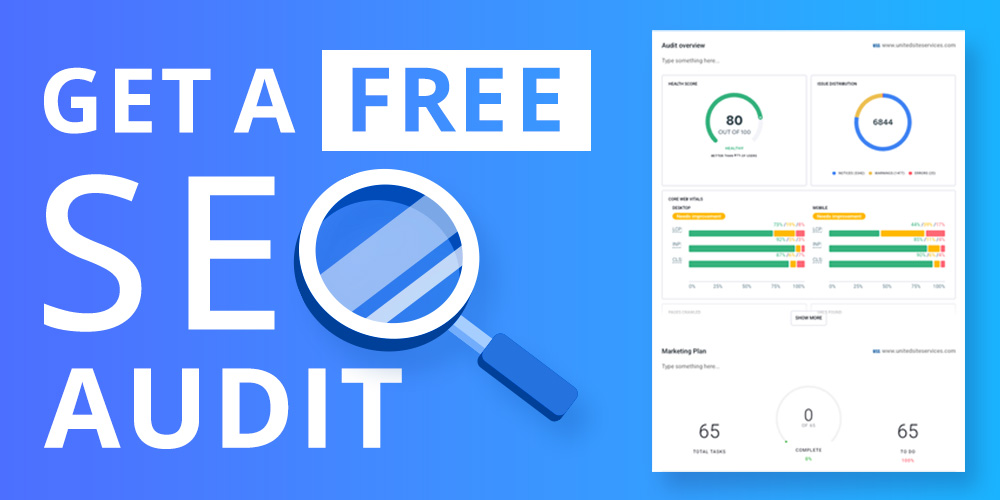


The ultimate goal of a search engine is to give its users the best possible experience. Google keeps updating its indexing policies to fit the changing user needs, and it will not stop soon. For example, more people are now accessing the Internet using mobile devices rather than desktop computers. This has prompted Google to come up with mobile-first indexing.
The ever-changing indexing rules mean that businesses that rely on the Internet for marketing must always be on their toes. They should take note of any changes in search engine policies and update their websites accordingly. Without doing this, businesses will find their sites sinking deeper in the search engine ranking. This article discusses mobile-first indexing, a significant development in Google indexing policies. It will explain what the new indexing entails. Besides that, it will give tips that businesses can use to ensure that the recent developments don't affect their companies negatively.
Mobile-first means that Google will use mobile versions of websites as the primary basis for ranking. This is a significant breakaway from the recent practice where desktop versions of websites were given priority. This does not mean that the desktop version of websites will not be considered. In instances where there is no mobile version, the desktop site will be ranked. That is why the new indexing is known as mobile-first not mobile-only. However, it is good to note that once the changes take effect entirely, lack of a mobile-friendly version of your website can affect the ranking negatively.
Historically, Google regarded the desktop version of a website as the primary version. It was, therefore, wise to give more attention to the desktop version in order to improve the ranking. For example, marketing teams would place the majority of the backlinks and SEO content in the desktop versions of the websites.
To be on the right side of the Google indexing changes, you need to ensure that your website is fully optimized for mobile. If you don't have separate mobile and desktop sites, you will have to make the website fully responsive. A responsive website is designed to serve pages properly on any device.
Responsive design goes hand in hand with dynamic serving. If your website is using dynamic serving, it will serve pages differently depending on the device that is requesting the content. Responsive design and dynamic serving are the first steps toward ensuring your website is ready for the new indexing procedures; however, they are not enough. Google has recommended other techniques for keeping up with the indexing changes:
If your website is not optimized for mobile devices, the threat of downrating is real. However, you don't need to panic. The good thing is that Google will roll out the changes gradually. In fact, as we speak, Google is already experimenting with the changes with a small number of websites that it considers ready.
Currently, Google doesn't have a timeline for implementing the changes. The implementation process will likely take a few years. Google will evaluate each site independently to see if they are ready for the changes. Once a website is ready, it will be transitioned to the mobile-centered indexing.
If you have a mobile website with scanty content and a desktop site that is heavily indexed, you don't need to worry. Google will not just remove your desktop pages from the existing indexing; Instead, they will crawl the desktop version as they wait for your site to be mobile friendly. However, as Google reduces crawling of desktop websites, mobile-friendly sites with valuable content will enjoy favorable rankings.
The fact that Google will roll out the migration slowly doesn't mean you should go back resting on your laurel. A wise webmaster will not rush to optimize their sites when everyone else has done so. That smart webmaster will start optimizing their websites as early as now.
Bright Vessel the place where web development and traditional marketing converge. We have brought together a team of experts that are passionate about launching new brands. We cover your digital marketing needs thoroughly so that you can focus on other things. If you need to optimize your website in readiness for the mobile-first migration, contact us today.

"*" indicates required fields

"*" indicates required fields

"*" indicates required fields
You must be logged in to post a comment.